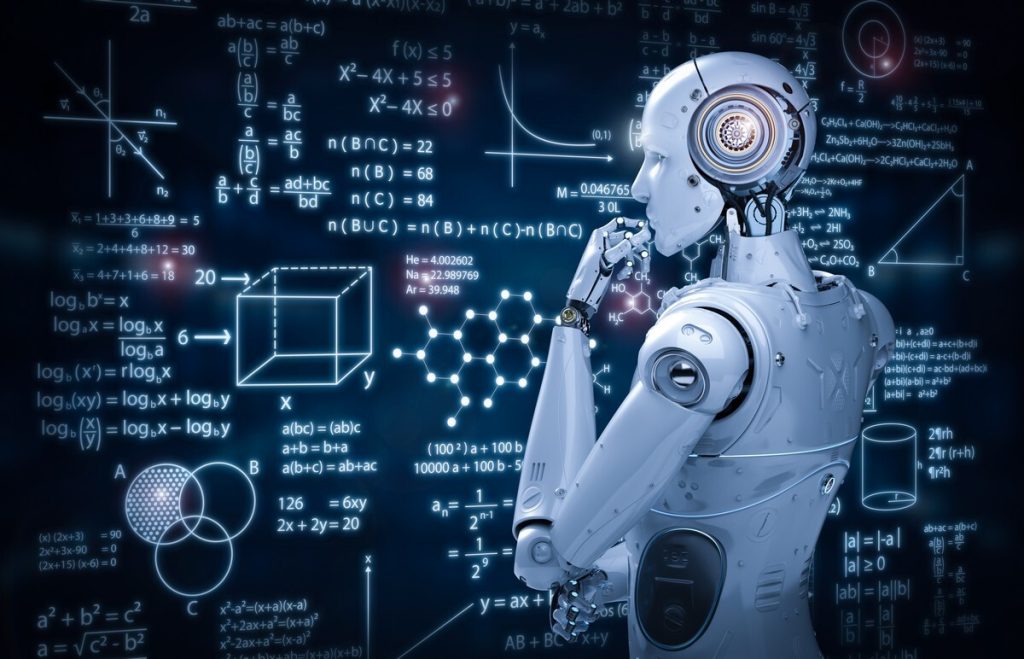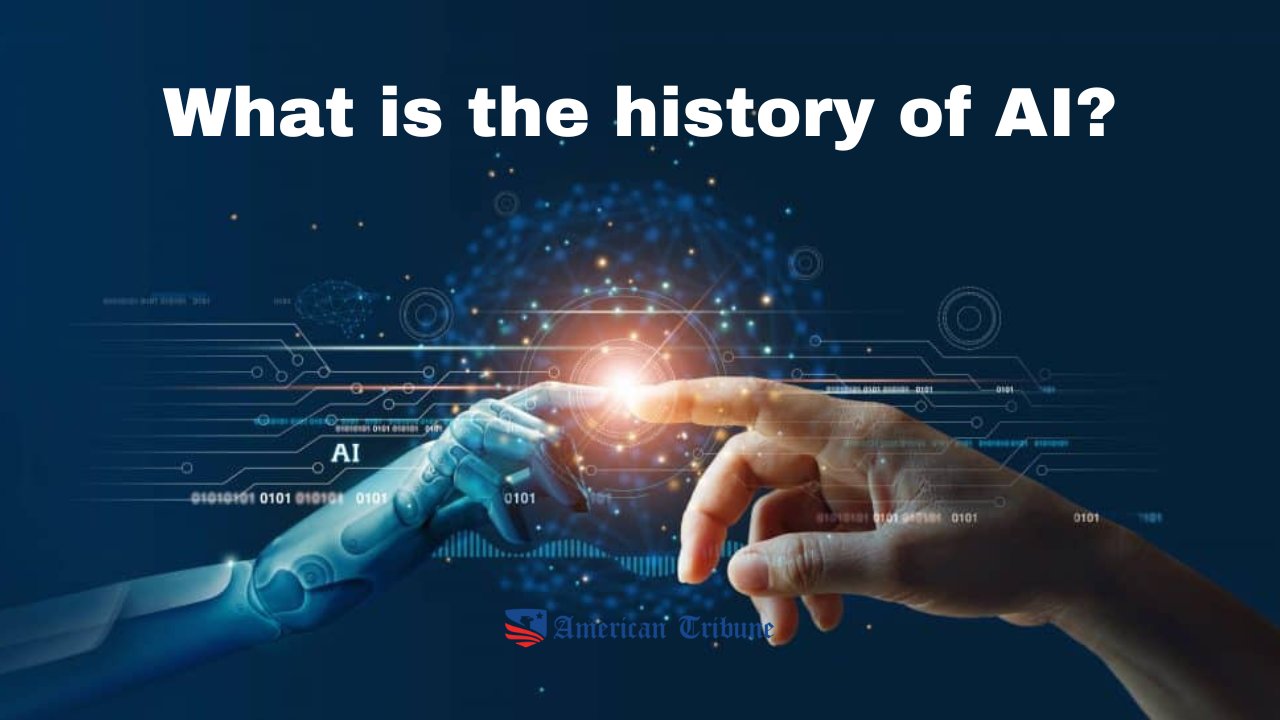Artificial Intelligence, or AI, is one of the most fascinating and rapidly advancing fields of technology today. It refers to the ability of machines to perform tasks that typically require human intelligence, such as understanding natural language, recognizing images, making decisions, and solving problems. However, the history of AI dates back much further than the current excitement around it. In this blog, we will take a deep dive into the account of AI, from its earliest roots to its modern-day advancements.

The Beginnings of AI
The idea of creating intelligent machines can be traced back to ancient times, with myths and legends about artificial beings found in many cultures. However, the scientific foundation of AI began in the mid-20th century. In 1943, neurophysiologist Warren McCulloch and mathematician Walter Pitts published a paper that proposed a mathematical model for artificial neural networks. This was one of the first steps toward creating a machine that could simulate the thought processes of a human brain.
In the 1950s, computer scientists developed algorithms that could perform tasks such as logic and problem-solving. John McCarthy, Marvin Minsky, Claude Shannon, and Nathan Rochester organized the Dartmouth Conference in 1956, which is considered the birth of AI as a field of study. The conference brought together leading researchers in the field, who defined AI as creating machines that could perform tasks that required human intelligence.
The Golden Age of AI
The years between 1956 and 1974 are known as the Golden Age of AI. During this time, researchers made significant progress in developing AI systems. Some of the most notable achievements include:
- The first AI program, the Logic Theorist, was created by Allen Newell and Herbert Simon in 1956.
- The development of the General Problem Solver by Newell and Simon in 1957, was able to solve a wide range of problems using heuristics.
- The creation of the first machine learning algorithm, called the Perceptron, by Frank Rosenblatt in 1958.
- The development of the first natural language processing program, called ELIZA, by Joseph Weizenbaum in 1966.
- The first expert system, called DENDRAL, was created by Edward Feigenbaum and Joshua Lederberg in 1965.
Despite these achievements, the early AI systems had their limitations. They were typically only able to perform well in narrow domains and required significant human intervention to operate.
The AI Winter
In the late 1970s and early 1980s, progress in AI research slowed down. This period is known as the AI winter, as funding for AI research was cut, and many researchers left the field. There were several reasons for the slowdown in AI research, including the following:
- Overpromising and underdelivering: Some researchers had promised that AI systems could perform a wide range of tasks within a few years, but these promises did not materialize.
- Technical limitations: The hardware and software available then were not powerful enough to support the development of more advanced AI systems.
- Lack of data: AI systems require large amounts of data to learn from, but there was a shortage of data available in the 1970s and 1980s.
The Renaissance of AI
The AI winter ended in the 1990s, as researchers made significant progress in the development of AI systems. Some of the essential breakthroughs during this period include:
- Developing probabilistic models for machine learning allowed AI systems to handle uncertainty more effectively.
- The creation of the first intelligent agents, which could act autonomously in complex environments.
- The development of computer vision algorithms, which allowed AI


